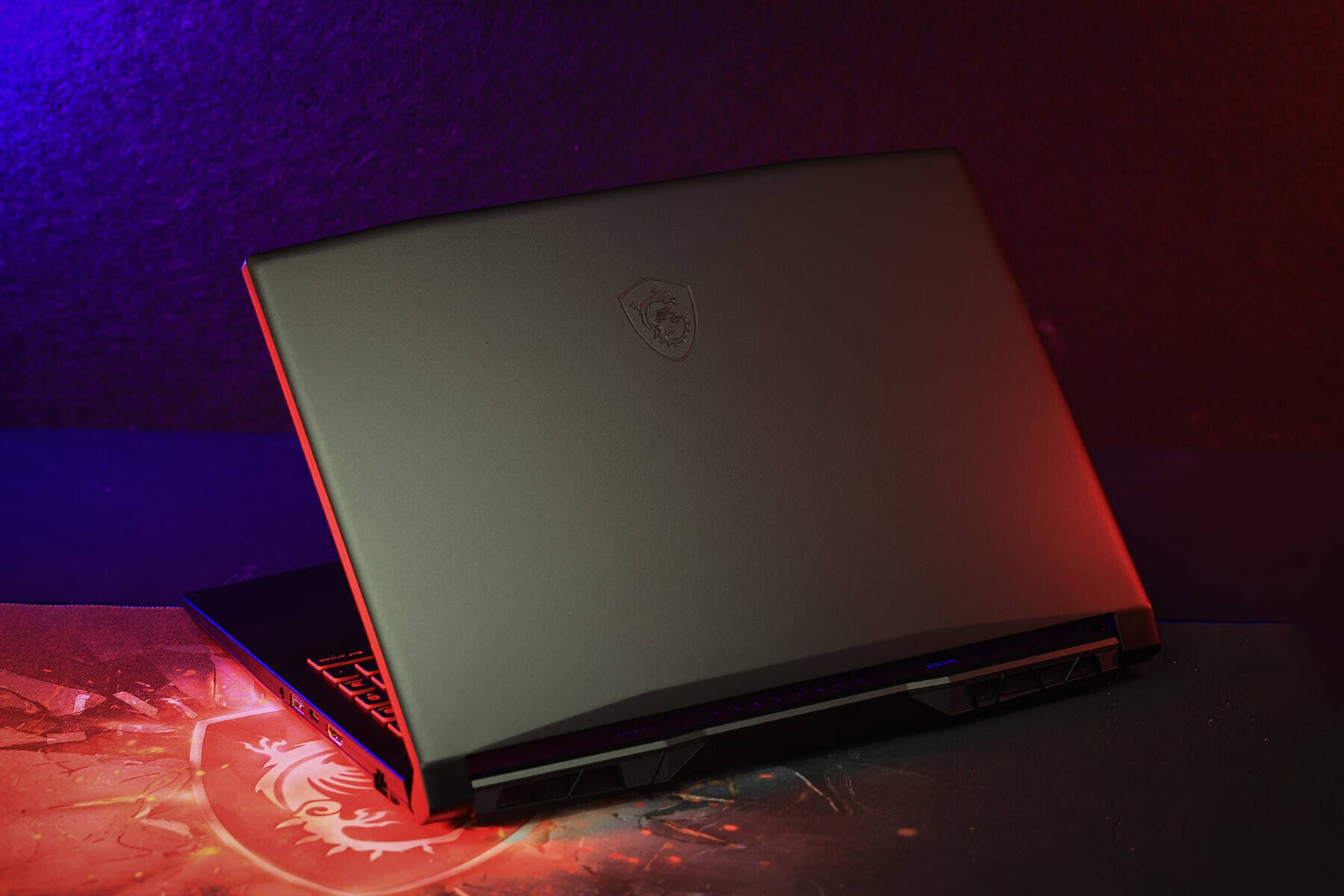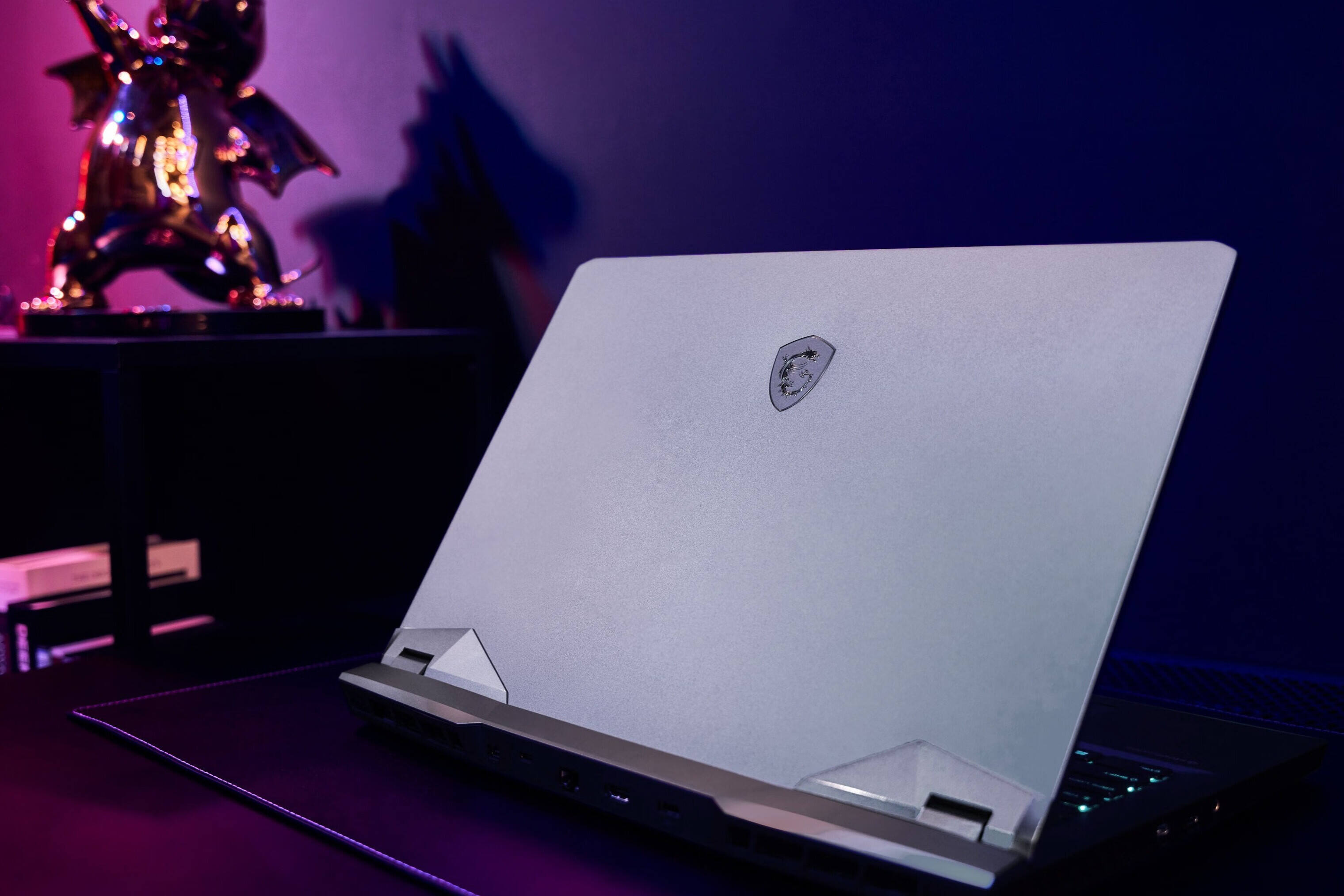Powerful gaming laptops are sophisticated mobile computing platforms engineered to deliver desktop grade gaming performance in a portable form factor, requiring innovative solutions to overcome the inherent challenges of thermal management and power delivery within compact enclosures. These systems are built around high wattage, mobile optimized versions of flagship CPUs and GPUs from manufacturers like Intel, AMD, and NVIDIA, often featuring Max P or similar high performance designations. Effective heat dissipation is achieved through complex cooling modules employing multiple heat pipes, vapor chambers, and an array of fans, often managed by sophisticated software that balances performance and acoustics. Key differentiators include high refresh rate displays (144Hz, 240Hz, or higher) with low response times, advanced connectivity options like Thunderbolt 4 and Wi Fi 6E, and per key RGB backlit keyboards. The design also emphasizes robust construction, premium materials, and often user upgradeable components like RAM and storage. Our company's foray into this segment is backed by deep market analysis and technical validation of mobile gaming platforms. We select models that demonstrate proven thermal performance and build quality, ensuring reliability during intense gaming sessions. Through our global supply chain, we provide access to a curated selection of these high performance laptops. Our logistics network handles their international delivery with care, while our after sales service offers specialized support for software optimization, thermal management, and hardware diagnostics, catering to the global community of mobile gamers and power users who demand top tier performance without being tethered to a desk.


